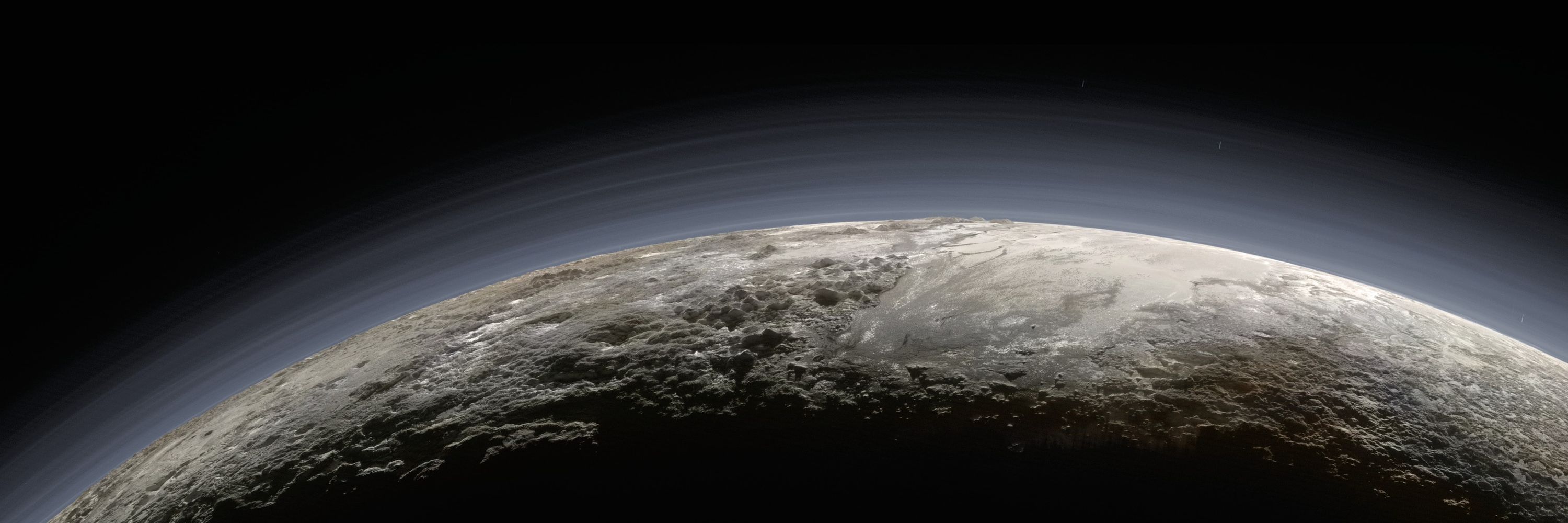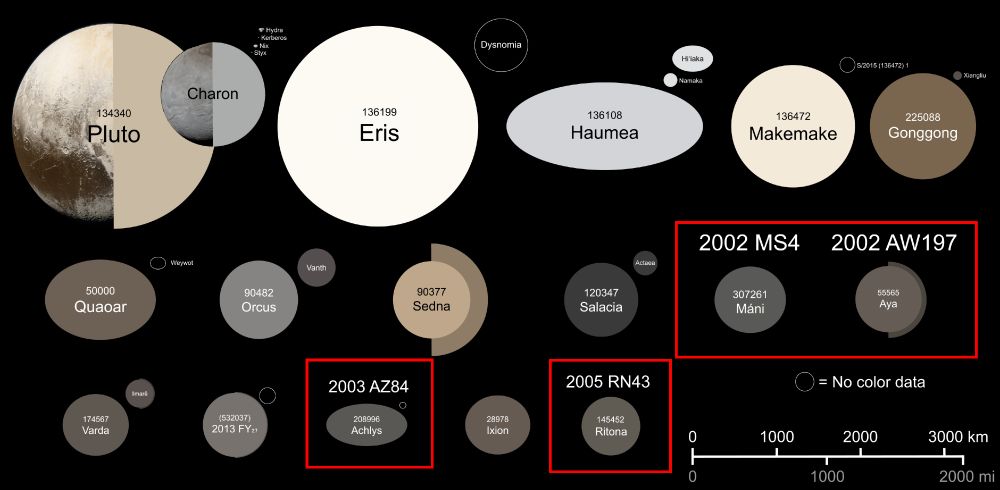astrafoxen
@astrafoxen.bsky.social
1.1K followers
100 following
270 posts
20 - any pronouns
Astrophysics undergrad student in California (grad '27), aspiring planetary scientist. I do astronomy research on asteroids, comets and TNOs!
pfp by EchaSkqech
banner by Ian Regan
Posts
Media
Videos
Starter Packs
Reposted by astrafoxen
Reposted by astrafoxen
Reposted by astrafoxen
Reposted by astrafoxen
Reposted by astrafoxen
Reposted by astrafoxen
Chara
@astrochara.bsky.social
· 29d
astrafoxen
@astrafoxen.bsky.social
· Sep 1
astrafoxen
@astrafoxen.bsky.social
· Sep 1
astrafoxen
@astrafoxen.bsky.social
· Aug 31














